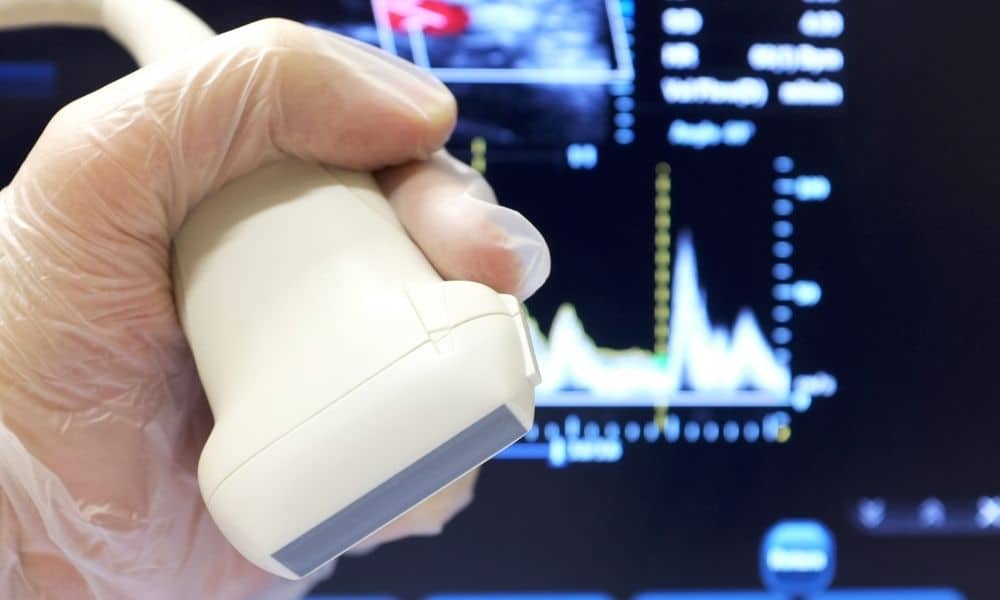Ultrasounds are effective pieces of technology that enable medical professionals to see the tissue inside the human body. Many healthcare facilities utilize ultrasound as a non-invasive and painless tool to perform proper examinations.
Many people associate ultrasounds with pregnancy, but doctors also use them in various diagnostic testing and examinations to assess specific health conditions. Here are a few types of ultrasounds and what they’re used for.
Pelvic Ultrasound
Healthcare staff members use pelvic ultrasounds to analyze the organs surrounding the pelvic area, like the uterus, bladder, and prostate. This type of ultrasound is best for diagnosing conditions like ovarian cysts, bladder stones, and cancer.
Another type of pelvic ultrasound is the Hycosy Ultrasound Test which is used to determine the state of the Fallopian tubes. HyCoSy is also sometimes referred to as a “tubal patency test,” and the results from this test play a key role in determining possible fertility treatments.
Abdominal Ultrasound
If a patient comes into your facility complaining of abdominal pain, you may consider using an abdominal ultrasound during their exam. This ultrasound checks the organs in the stomach area, like the liver, kidneys, pancreas, and more.
Obstetric Ultrasound
The obstetric ultrasound is a fetal ultrasound; many facilities use it to determine the growth of a fetus during pregnancy. Additionally, the medical professional may determine the age of the fetus and diagnose potential issues.
Transvaginal Ultrasound
Transvaginal ultrasonography applies a device into the vagina to produce images of the organs within the cavity. Then, the doctor can determine health conditions or unexplained pelvic pain.
Transrectal Ultrasound
Similar to the transvaginal ultrasound, a transrectal ultrasound inserts a transducer wand into the rectum to examine the prostate gland.
Carotid Ultrasound
A physician will typically place a carotid ultrasound on the patient’s neck to observe the carotid arteries, which carry blood from the neck to the brain and head.
This type of ultrasound is critical in a medical facility because it can help determine whether the patient has stenosis. Carotid artery stenosis is the narrowing of the critical blood vessels, which may form blood clots over time if not treated immediately.
The types of ultrasounds and what they’re used for depends on the healthcare office and the services they provide. It’s important to note that most medical facilities carry at least a few types of ultrasounds, and they must understand how ultrasound imaging works to provide excellent care to their patients.







